|
|
CHEATING!!
(A Four Letter Word)
by Sarah Fox
One day I was showing a film photographer friend some of my work, and she was busily asking me questions about my techniques. When I explained some of the photoediting I had done, she grinned, shook her head, and exclaimed, "but that's cheating!" CHEATING?! I've also been accused of "cheating" by others, mostly by hard-core film enthusiasts who feel that anything that sees a computer is necessarily illegitimate. Realizing that these same people "educate" consumers of artwork as to the legitimacy and/or illegitimacy of different techniques, I feel it only fair to offer my own perspectives as to what is "cheating" -- and also what is art.
First, let's consider the issue of "cheating." To cheat means to deceive through trickery. Fair enough. Let's consider numerous examples of cheating that were already prevalent in photography long before the advent of the computer:
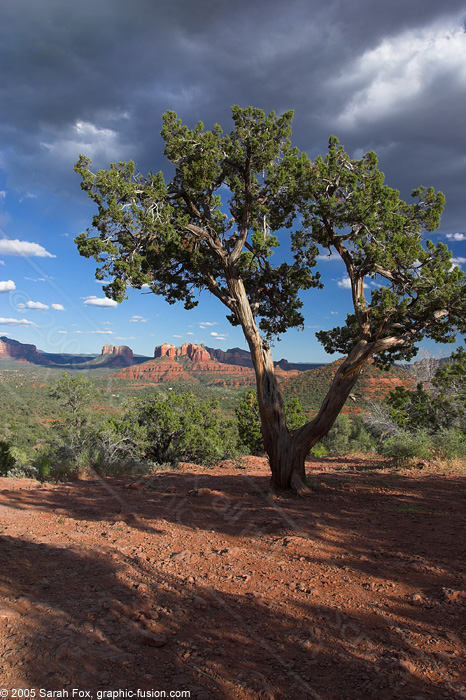 Polarized filters are most commonly used to minimize reflections and darken the sky. Some landscape photographers keep them screwed to the fronts of their lenses almost permanently. However, it is a fact that only the most carefully trained observer can distinguish the different polarities of light, and it is a subtle, almost invisible, effect even then. We simply don't see dark blue skies and ultra-saturated foliage. The image is a lie -- an exaggeration. In other words, "cheating." Polarized filters are most commonly used to minimize reflections and darken the sky. Some landscape photographers keep them screwed to the fronts of their lenses almost permanently. However, it is a fact that only the most carefully trained observer can distinguish the different polarities of light, and it is a subtle, almost invisible, effect even then. We simply don't see dark blue skies and ultra-saturated foliage. The image is a lie -- an exaggeration. In other words, "cheating."
- Wide angle lenses are often used to create very dramatic perspectives and to make the subject matter look very large relative to the observer. For instance, a realtor can use a wide angle lens to make a house look huge, and a model railroad enthusiast can use a wide angle lens to make a toy train look life-size. Landscapes look expansive and impressive. However, our eyes don't see such dramatically wide angles, which is why wide shots look so alien to us. The most natural-looking focal length for a lens on a 35mm camera is 50-55mm, which is also probably the least used focal length by photographers who create artwork. Most photographers prefer to "cheat" with unusual focal lengths.
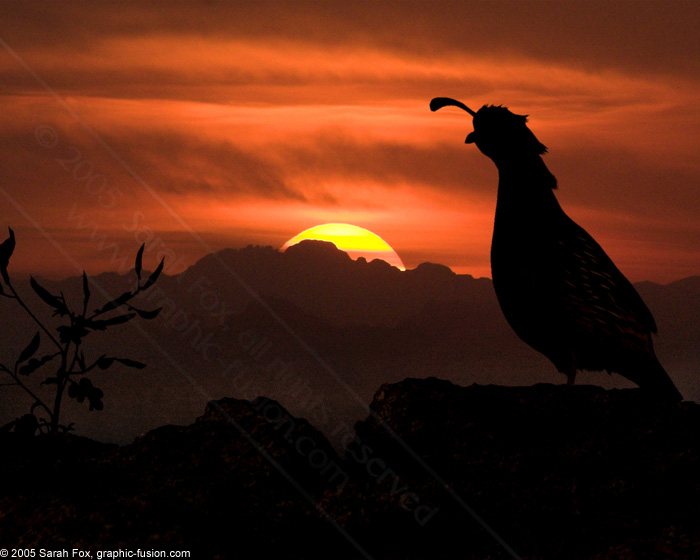 Telephoto lenses are often used by more skilled photographers to enlarge items in the background, like moons or sunsets, relative to the subject in the foreground. Have you ever seen a romantic picture of a couple with a huge moon behind them? If it was shot "honestly" (without painted backgrounds or such) it was done with an enormous telephoto at dusk, from a viewpoint substantially below the subjects, just as the full moon was rising. In reality, a telephoto lens highly magnifies a tiny fragment of what we normally see, and so it is not natural. It's cheating. Telephoto lenses are often used by more skilled photographers to enlarge items in the background, like moons or sunsets, relative to the subject in the foreground. Have you ever seen a romantic picture of a couple with a huge moon behind them? If it was shot "honestly" (without painted backgrounds or such) it was done with an enormous telephoto at dusk, from a viewpoint substantially below the subjects, just as the full moon was rising. In reality, a telephoto lens highly magnifies a tiny fragment of what we normally see, and so it is not natural. It's cheating.
- Fast lenses, operating at wide apertures, create images with very shallow depths of field. A shot of this variety might show the subject sharply in focus, with everything else fuzzed out around it. This adds great clarity to the subject, but it is a lie. Camera lenses are capable of much shallower depth of field than even the most dilated pupil can give the human eye. It's unnatural, and it's cheating.
- High speed photography, whether achieved with an ultra-fast shutter speed or with an ultra-fast flash, can freeze even the fastest moving subjects -- a baseball player hitting a ball, a balloon popping, the cliche drop of milk in mid splash. These are all things we see with a blurry whoosh. Baseball players are not frozen like statues, with baseballs glued to the ends of their bats. Thus, this is cheating.
- Ultra low speed photography can create a very impressive motion blur -- for instance the stars sweeping in a grand circle through the night sky around Polaris or automobiles streaking down the streets at night. We don't see this way. This is cheating.
- Double exposures are often used to create ghost like apparitions. In fact my first photograph with a 35mm camera was just such a shot. This creates an unnatural illusion, otherwise known as cheating.
- Fill flash is used to soften shadows when the main light (e.g. direct sunlight) is too harsh. However, we don't normally see with fill flash. We normally see the harsh shadows. This is cheating.
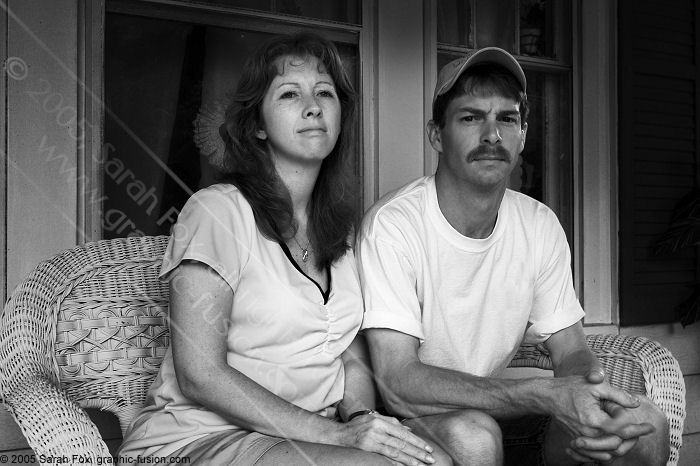 Dodging and burning are darkroom techniques commonly used to fade images at their edges, balance light and dark areas of the photograph, and create other special effects. This is an unnatural alteration of the image and is therefore cheating. Dodging and burning are darkroom techniques commonly used to fade images at their edges, balance light and dark areas of the photograph, and create other special effects. This is an unnatural alteration of the image and is therefore cheating.
- Diffusion, whether created with a special filter over the camera lens or with the same filter over the enlarger lens, creates a soft, fuzzy, dream-like image -- especially around the edges of the image, where it is most often applied. If you really see things this way, please schedule an appointment with an opthamologist today, as there is something serious going on with your eyes. For the rest of us, this is cheating.
 Star filters are used to create starry appearances of lights at night (e.g. the classic 6-pointed star pattern). If you see star patterns when you look at streetlights, again, see your opthamologist. For the rest of us, this is cheating. Star filters are used to create starry appearances of lights at night (e.g. the classic 6-pointed star pattern). If you see star patterns when you look at streetlights, again, see your opthamologist. For the rest of us, this is cheating.
- Contrast and brightness have been controlled/adjusted by photographers long before we have had computers or even the electricity to run them. Ansel Adams was perhaps the world's most famous cheater in this regard. His zone method was used to insert the details he needed within the dynamic range afforded him by the materials available. Photographers have long played with contrast, often creating photographs with unnaturally low or (more often) unnaturally high contrast. This is cheating.
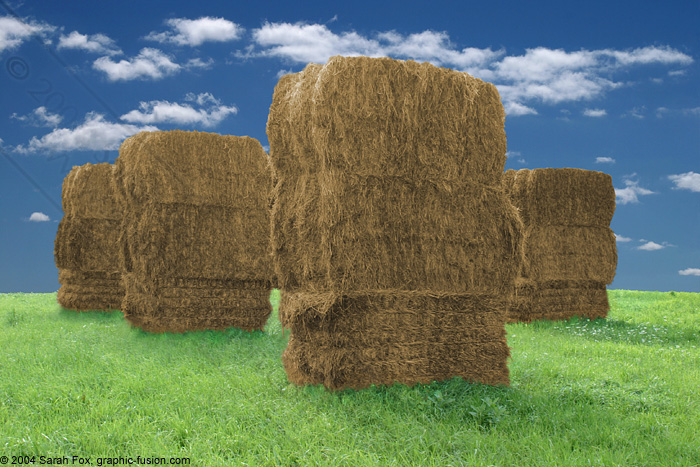 Saturation is key to many film photographers today. They love their Velvia film, because it produces unusually highly saturated (colorful) images. What may look like just a pretty flower to the naked eye becomes gloriously transformed when put on Velvia. Cheating? Yeah. Saturation is key to many film photographers today. They love their Velvia film, because it produces unusually highly saturated (colorful) images. What may look like just a pretty flower to the naked eye becomes gloriously transformed when put on Velvia. Cheating? Yeah.
- Studio photography is the very embodiment of cheating. The lighting is all artificial, with special techniques used to create the illusion of windows, shafts of sunlight, and so forth. The poses are artificial, often with the subjects having to undergo awkward gymnastics to create the image. For most of us, even the formal clothing, perfect makeup and hair, and so forth are out of place. Studio photography seeks to show us in our most flattering light, which usually means it seeks to misrepresent us as something handsomer or prettier than we really are. Cheating.
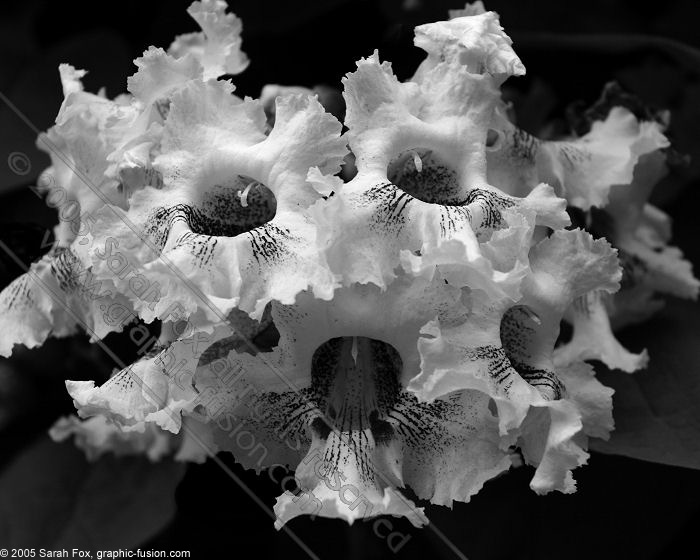 Black and white photography was once considered a matter of necessity, since we didn't have color chemistry. However, we now have color, and even some of our black and white media are based on color chemistry. Yet some photographers, including myself, still like to represent the world in black and white. Why? Because the colors sometimes get in the way of the textures or interplay of light and dark that we are trying to convey. However, we humans don't see the world in black and white, so this perspective is unnatural. Therefore it is cheating. Black and white photography was once considered a matter of necessity, since we didn't have color chemistry. However, we now have color, and even some of our black and white media are based on color chemistry. Yet some photographers, including myself, still like to represent the world in black and white. Why? Because the colors sometimes get in the way of the textures or interplay of light and dark that we are trying to convey. However, we humans don't see the world in black and white, so this perspective is unnatural. Therefore it is cheating.
- I could go on and on, but should I? My point is that there are countless ways photographers have "cheated" throughout the ages, greatly altering the perspective to something that is abnormal or alien to the average observer. All of this happened long before the advent of the computer.
If all this is cheating, what photography is honest? There's actually little a professional photographer can offer that isn't "cheating," beyond the capabilities of the unskilled photographer with an automatic point-and-shoot camera and photoprocessing at the local Eckerd. The unskilled photographer (most of the population) shoots pictures in the same way as he/she looks at the world. The camera is often/usually framed exactly where the person would ordinarily look (e.g. centered on someone's head and cutting off the feet). This is honest, because it represents how we "really" see the world. Provided no flash is used, the lighting should look pretty natural -- harsh and bright in direct sunlight, dark and indistinct at night time (which the Eckerd guy would call "underexposed," but we know that it's only because there honestly wasn't much light). If the right film is purchased and if the Eckerd guy does his job properly, the photographs should come out pretty natural looking. Taken thusly, the picture of your Uncle Bob standing in the harsh sunlight with his head in the middle of the picture and legs chopped off at the ankles is probably about as realistic as it gets. Just put it in a frame, and hang it up on the wall. Be happy. It's realistic, and it's your Uncle Bob, who is a pretty cool guy.
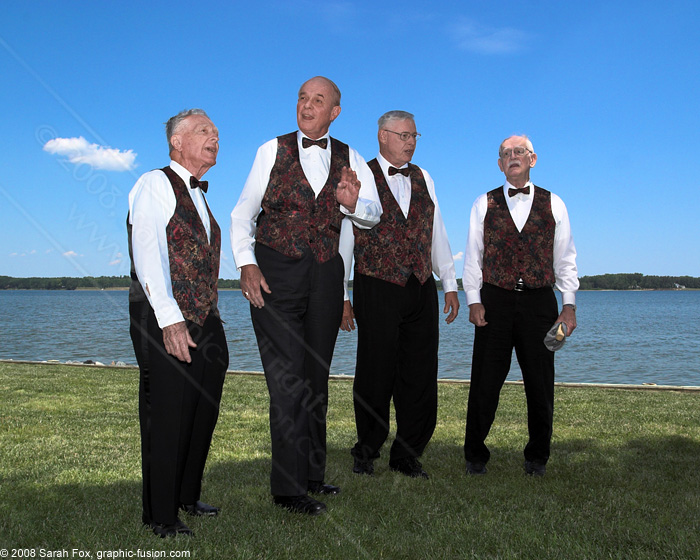 But then there's something called artwork, which seeks to show the observer something unique. Just like we don't ordinarily speak in haiku or verses of iambic pentameter, we don't ordinarily experience the world as artwork. The artist has a unique vision of the world which he or she seeks to share with the observer. That's what it's all about. When Picasso painted a nose on the side of someone's face, it wasn't because he didn't know where noses ordinarily grow. When Van Gough painted the night sky in ornate swirls of color, it wasn't because he was witnessing some sort of bizarre atmospheric disturbance that he wanted to document. And the cubism movement had nothing to do with painting robots of the future. Painters have long given themselves permission to depart from strictly realistic depictions of their subjects, and even the realist painters wouldn't accuse them of "cheating." But then there's something called artwork, which seeks to show the observer something unique. Just like we don't ordinarily speak in haiku or verses of iambic pentameter, we don't ordinarily experience the world as artwork. The artist has a unique vision of the world which he or she seeks to share with the observer. That's what it's all about. When Picasso painted a nose on the side of someone's face, it wasn't because he didn't know where noses ordinarily grow. When Van Gough painted the night sky in ornate swirls of color, it wasn't because he was witnessing some sort of bizarre atmospheric disturbance that he wanted to document. And the cubism movement had nothing to do with painting robots of the future. Painters have long given themselves permission to depart from strictly realistic depictions of their subjects, and even the realist painters wouldn't accuse them of "cheating."
So why aren't the same attitudes applied towards photography? It is because photography is not only an art form but a tool. We photograph news events for the paper. We photograph crime scenes for forensics experts and evidence in legal proceedings. We photograph Uncle Bob with his fish, so that people will appreciate his skills as a fisherman. We even photograph our sofas, so that we can pick out matching wallpaper at the hardware store. All of these depictions need to be accurate and unimbellished; however, they should never be confused with artwork.
Artwork, including photographic artwork, is a creative process. Sometimes it can be quite abstract, and sometimes it is strictly realistic. If it is good, in my opinion, it shows the viewer the world in a way that he or she is not accustomed to seeing it. These alternative perspectives hopefully give the observer new insights into his or her world, through the eyes of the photographer. While the image sometimes might not be completely, realistically true to form, perhaps the truth the photographer wants to communicate has little to do with the mundane details. The message is often very simple, for instance having less to do with the fact that there are exactly five trees and exactly three cars in the picture and more to do with the dispair of the homeless person watching all the passers-by avoid making eye contact. Suppose the photographer digitally edited the picture to remove a huge sign from a store window that says, "Remember EARTH DAY, March 21," feeling that it drew focus away from the main point of the photograph. Would the image be any less true, or would it simply be the same truth, better expressed?
Unlike painting, which comes from the mind's eye, photography has traditionally been grounded in the realism of the subject matter, as refracted through the lens onto a focal plane. However, we are currently undergoing a revolution in photography that frees us from our optical shackles, allowing us to create and re-create more and more from our mind's eye. There may be skeptics who accuse the creative photographer of "cheating," but I submit that those people do not understand the creative process, nor do they have the ability to understand the message of a photograph because of their fixation on the mundane details. Often the most rigid skeptics are photographers themselves, who fixate more on the craft than on the art. They pride themselves on the traditional skills they have learned -- skills that have been honed and passed down from our great great grandparents to the current generation. They are understandably upset when someone finds a better, more expressive way that renders much of what they know obsolete. They are jealous when their traditional skills cannot achieve the results that modern digital methods can achieve, irrespective of how much time, effort, and skill go into the crafting of the photograph. They are quick to dismiss digital photographers as cheaters and their works as inferior and illegitimate. But are they? Wasn't the entire field of photography derided in this manner by painters when the field was young?
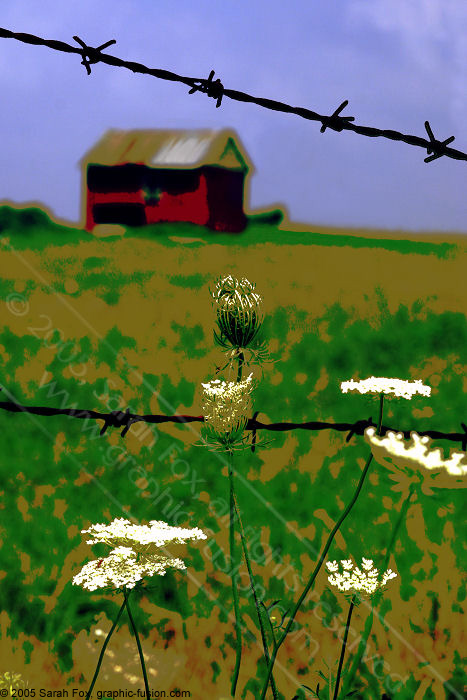 The digital revolution and all the advanced techniques it brings with it are nothing new. The science and craft of photography has evolved through numerous major advances since its beginning. Photographers willing to learn and embrace those advances have found room for their artwork to grow. The only thing different about the digital revolution is the speed at which it is occurring. It simply frightens many photographers who once considered themselves proficient but now have a hard time keeping pace with technology. We know in sporting events what happens when one athlete cannot compete effectively with another athlete because of some advantage the latter athlete has over the first: Often the former will accuse the latter of cheating. It may have to do with differences in equipment or technique. It may even have to do with identifiable differences in experience or ability that, according to some, make the competition unfair. The digital revolution and all the advanced techniques it brings with it are nothing new. The science and craft of photography has evolved through numerous major advances since its beginning. Photographers willing to learn and embrace those advances have found room for their artwork to grow. The only thing different about the digital revolution is the speed at which it is occurring. It simply frightens many photographers who once considered themselves proficient but now have a hard time keeping pace with technology. We know in sporting events what happens when one athlete cannot compete effectively with another athlete because of some advantage the latter athlete has over the first: Often the former will accuse the latter of cheating. It may have to do with differences in equipment or technique. It may even have to do with identifiable differences in experience or ability that, according to some, make the competition unfair.
In the end, though, art is not a competition, no matter how much people want to make it so. Art is simply art. If it is done well, everyone wins, because there is something new of beauty or power or poignance for everyone to behold. Also art is not made better by difficulty, no matter how much we want to believe it is. For instance writer's cramp does not make a better novel. We would all do well to consider the message and not fixate on how it was written or delivered.

Links:
Home
Galleries
About Us
Photoediting Services
On-Location Services
Portraiture
Architectural Photography
Commercial Photography
Special Events
Web Design
Articles
Projects
FAQ
Contact
Site Map
Notice: All images and web content are copyrighted by Sarah Fox, Earline Thomas, and/or Graphic Fusion, will all rights reserved.
Printing or distribution of this material is prohibited.
|

